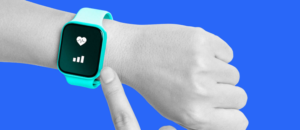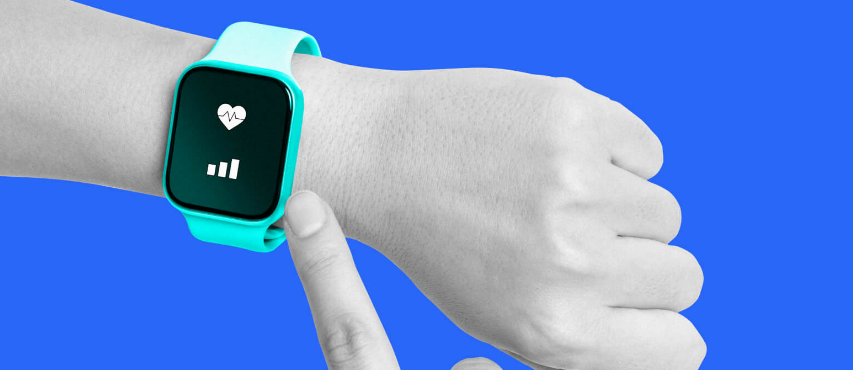Building a Prototype for a Smart Wearable Health Monitor
Creating a smart wearable health monitor can be an exciting and educational project. This device can track key health metrics such as heart rate, temperature, and activity levels. Below is a guide to building a basic prototype.
Materials and Components
- Microcontroller: Arduino Nano, ESP32, or Raspberry Pi Pico.
- Sensors:
- Heart rate sensor (e.g., MAX30102).
- Temperature sensor (e.g., LM35 or DS18B20).
- Accelerometer/gyroscope (e.g., MPU6050).
- Display: OLED or LCD to show health metrics.
- Power Supply: Rechargeable Li-ion battery and a charging module.
- Bluetooth/Wi-Fi Module: For connectivity (if not built into the microcontroller).
- Enclosure: A lightweight case, 3D printed or pre-made.
- Miscellaneous: Wires, resistors, soldering materials, and adhesive.
Step-by-Step Instructions
- Plan the Design
- Sketch the layout of your wearable, including sensor placement and wiring.
- Ensure the design is compact and ergonomic for comfortable wear.
- Set Up the Microcontroller
- Install the necessary IDE (e.g., Arduino IDE) and libraries for your sensors.
- Test basic functionality of the microcontroller with a simple blink program.
- Integrate Sensors
- Connect each sensor to the microcontroller according to the datasheets.
- Write or download sample code to test individual sensor readings.
- Calibrate sensors for accurate measurements.
- Add Connectivity
- Connect a Bluetooth or Wi-Fi module if your microcontroller lacks built-in wireless capabilities.
- Develop a simple app or use an existing platform to display health metrics on a smartphone.
- Assemble the Display
- Attach an OLED or LCD screen to show real-time data.
- Use a clear and concise layout for the display interface.
- Power the Device
- Connect a rechargeable battery to power the system.
- Add a charging module for convenience.
- Ensure safe battery handling to avoid overheating or overcharging.
- Build the Enclosure
- Design or 3D print a case to house the components.
- Include ventilation and access points for sensors and charging ports.
- Use straps or clips for wearable functionality.
- Test and Debug
- Test the device’s functionality in real-life conditions.
- Debug any issues with sensor readings or connectivity.
- Optimize for power efficiency.
Features to Enhance the Prototype
- Cloud Integration: Upload data to a server for long-term tracking.
- Notifications: Add alerts for abnormal readings.
- Additional Sensors: Include SpO2, ECG, or blood pressure sensors for more comprehensive monitoring.
- Custom App: Develop a user-friendly mobile or desktop app.
Safety and Ethical Considerations
- Ensure data privacy by encrypting transmitted information.
- Highlight that the prototype is not a medical device and cannot replace professional medical equipment.
- Avoid using the device on individuals with sensitive conditions without expert supervision.
Conclusion
Building a smart wearable health monitor offers hands-on experience in electronics, coding, and design. With advancements in technology, your prototype can evolve into a sophisticated tool for personal health monitoring. This project not only showcases creativity but also contributes to the growing field of health tech innovation.

Also Read :
